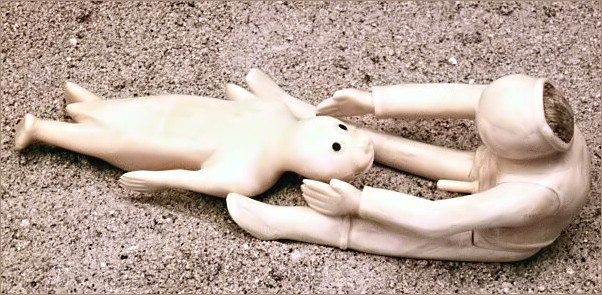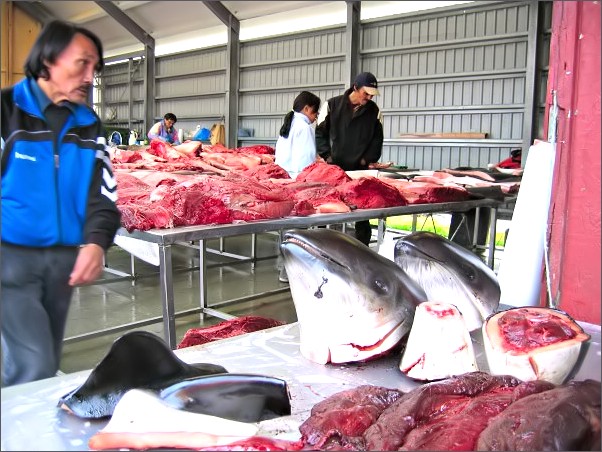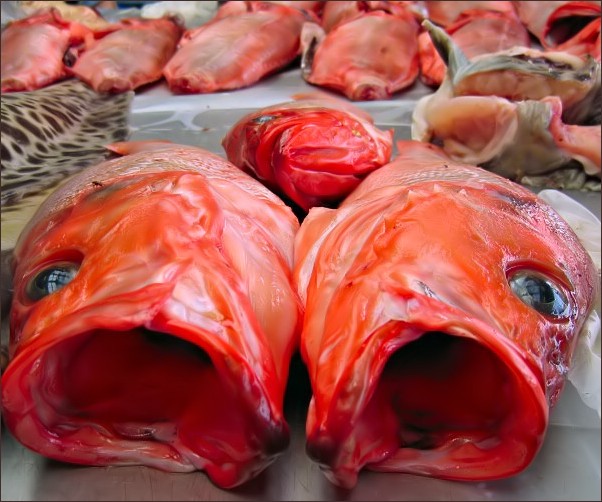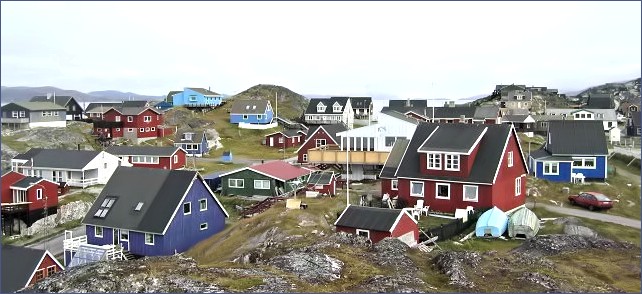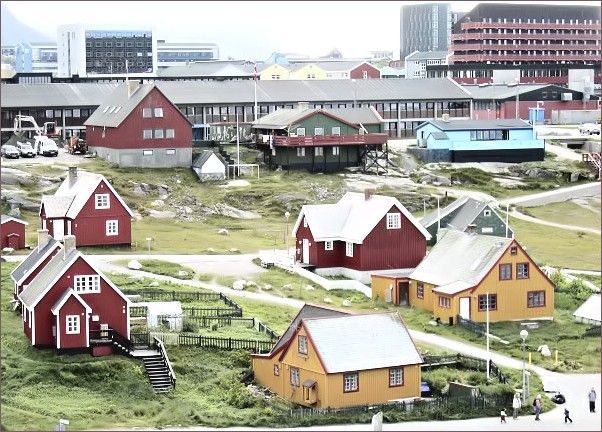|
Nuuk, Greenland - September 10, 2005
The cause of death is not understood, but it is clear from the position of the infant that it was left alive with its dead mother. Inuit custom at that time dictated that a child be buried alive or suffocated by its father if a woman could not be found to nurse it. Although such a practice seems cruel now, the Inuit believed that the child and its mother would travel to the land of the dead together.
Their clothing was also preserved, including sealskins and a marvelous coat made from sewn together bird skins, complete with feathers which served as a warm lining. The Greenland Mummies by Jens Peder Hart Hansen describes what this discovery has revealed about the people and the technology they used to survive in the harsh climate of northern Greenland.
Tupilaqs were evil beings created by those knowledgeable in the ways of trolls, and used to make others regret their actions or to kill them. Tupilaqs were made according to the needs of the occasion and consisted of many varied elements, each with its own power. Parts of of a dead child were very good. The segments were bound together or wrapped in skin, given life and sent off to do their work. If the victim’s tupilaq was strongest, the tupilaq sent out would return and kill its creator. There was widespread fear of being visited by tupilaqs - either others or one’s own. This fear disappeared with the arrival of Christianity and baptism, which many said made them feel free.
Continue to Day 4 - Monumental Island Links to more information:
|


